The Audubon Observer, April 2021
|
|
||||
IN REMEMBRANCE: EMIL KOTIK (1945-2021)
Emil grew up in California in the 1960s and served as an Army Ranger during the Vietnam War. He worked a variety of jobs after his military service, including plant nursery handyman and machinist. He loved exploring the desert when he lived out west and once hiked to the bottom of the Grand Canyon and back in one day! Emil's love of nature continued with his move to Florida. He volunteered with our chapter for many years at our Crosby Sanctuary conservation property in Orange Park, FL, and contributed an incredible amount of time and effort on projects to enhance the preserve. It would be impossible to list them all, but here are just a few of the many projects that he completed for us at Crosby: ~ Donated his own handcrafted nesting boxes that have been installed at various spots around the sanctuary; He also participated in our monthly workdays, helping with whatever needed to be done – mowing, weeding, trash pickup, hedge trimming, clearing hornet’s nests, sawing up fallen trees and other trail maintenance – the list goes on and on. He was not one to hem and haw about things that needed to be done – he would just look around, see what needed to be done and do it, without any fanfare.
His contributions to enhancing our Crosby Sanctuary nature preserve over the years cannot be overstated, and we are deeply grateful for his incredible dedication to our chapter. He was also a dear friend to many of us, and we will miss his sharp wit and matter of fact approach to life. We are heartbroken at this tragic loss. ~ Carolyn Antman, Conservation Director
MANY VOICES FOR CONSERVATION AND
Ten years after her husband died of lung cancer in 1969, she became aware of the high rate of chronic health problems like respiratory and skin conditions among area residents, including her own children. She realized that these illnesses were likely caused by exposure to toxic fumes from local steel mills, refineries, and chemical companies, asbestos used in the construction of the buildings they lived in, and contaminated drinking water. In addition, the housing project itself was built on top of land that had previously been used as a toxic sludge dump for the Pullman Motor Company. Residents of the area were found to have the highest incidence of cancer in the city of Chicago.
Johnson also focused a great deal of her efforts on educating people in her community about the environmental hazards they all faced every day. Her work on environmental justice issues led to national attention, and she was selected to serve on the US Environmental Protection Agency’s newly established National Environmental Justice Advisory Council. In 1994, the work of the council resulted in President Clinton’s Executive Order on Environmental Justice, which directed federal agencies to identify and address the disproportionately high and adverse human health or environmental effects of their actions on minority and low-income populations. The order also directed each agency to develop a strategy for implementing environmental justice. Hazel M. Johnson passed away in 2011 but her legacy lives on. The People for Community Recovery organization continues the work that Johnson began, and is now run by her daughter Cheryl Johnson. ~ Carol Bailey-White BIRDING CLAY COUNTY These days bird watching (or birding, as long-timers call it) is more popular than ever. Millions have discovered the joys of this delightful pastime in the last year, as birds can be enjoyed no matter where you are. Plus, it can be a wonderful mood booster, something that is sorely needed in these stressful times. If you’re new to bird watching, it’s easy to get started! All you need is a decent pair of binoculars (check out Audubon’s Guide to Binoculars for recommendations on the best binoculars for your needs and budget) and an identification guide to help you figure out what you’re seeing. Bird ID guidebooks from publishers like Sibley and Peterson have been used by birders in the field for many years, but these days, more birders are opting for free apps like Merlin Bird ID, Audubon Bird Guide, and iBird, which can be downloaded directly to your phone and offer quick identification help. Clay County hosts some of Northeast Florida’s top birding spots. Many avid birders in the area regularly post their sightings to eBird.org, a worldwide database of bird sightings hosted by the Cornell Lab of Ornithology. Here are three of the best places in Clay County for spotting a wide variety of bird species:
Bayard Conservation Area is another great birding spot, with miles of hiking trails and several different habitats, including oak scrub, pine uplands, and mixed hardwood forest. Adventurous hikers can also access the beautiful St. Johns River shoreline to spot even more bird species. 157 bird species have been recorded at this site.
There are many more great birding spots in Clay County than we have room for here, but you can check out this list from Clay County Parks and Recreation to learn more. Even if you aren’t up for an outdoor adventure, you can start bird watching in your own backyard! In fact, learning the common backyard birds is a great way to get started with this fun and theraputic hobby. ~ Carol Bailey-White PROPOSED BOARD OF DIRECTORS FOR 2021/2022 Duval Audubon Society is an all-volunteer organization operated by a Board of Directors who manage the day-do-day business of running a chapter of the National Audubon Society. The following have indicated their interested in serving on Duval Audubon Society's 2021/2022 Board of Directors:
We bid a grateful farewell to our current Education Director Cristina Tuckness - Cris, thank you for your service to Duval Audubon Society and our community! Current board openings include two officer positions, Vice President & Recording Secretary; and a director position, Field Trips & Programs Director. We are also in need of an Education Director for 2021/2022. Board members attend monthly meetings (held virtually via Zoom) and participate in chapter activities on a regular basis. Board officers are appointed for a one-year term, and directors serve for two years. If you would like to join our board to help our chapter achieve its mission of connecting people with nature, we encourage you to apply. If you prefer, you may download and complete our paper application form and email it to duvalaudubon@gmail.com or send via US Mail to: Questions? Please feel free to reach out to chapter president Carol Bailey-White or any board member at duvalaudubon@gmail.com. UPCOMING EVENTS Here’s what’s happening in April:
IMPORTANT NOTE: Sometimes details of our events may have changed after this newsletter is distributed. An event could potentially have to be cancelled or the location changed. If you plan on attending one of our events, ALWAYS check our Calendar of Events, our Duval Audubon Society Meetup group, or our Facebook page the night before for any updates. We look forward to seeing you soon! Duval Audubon Society, Inc.
|
||||
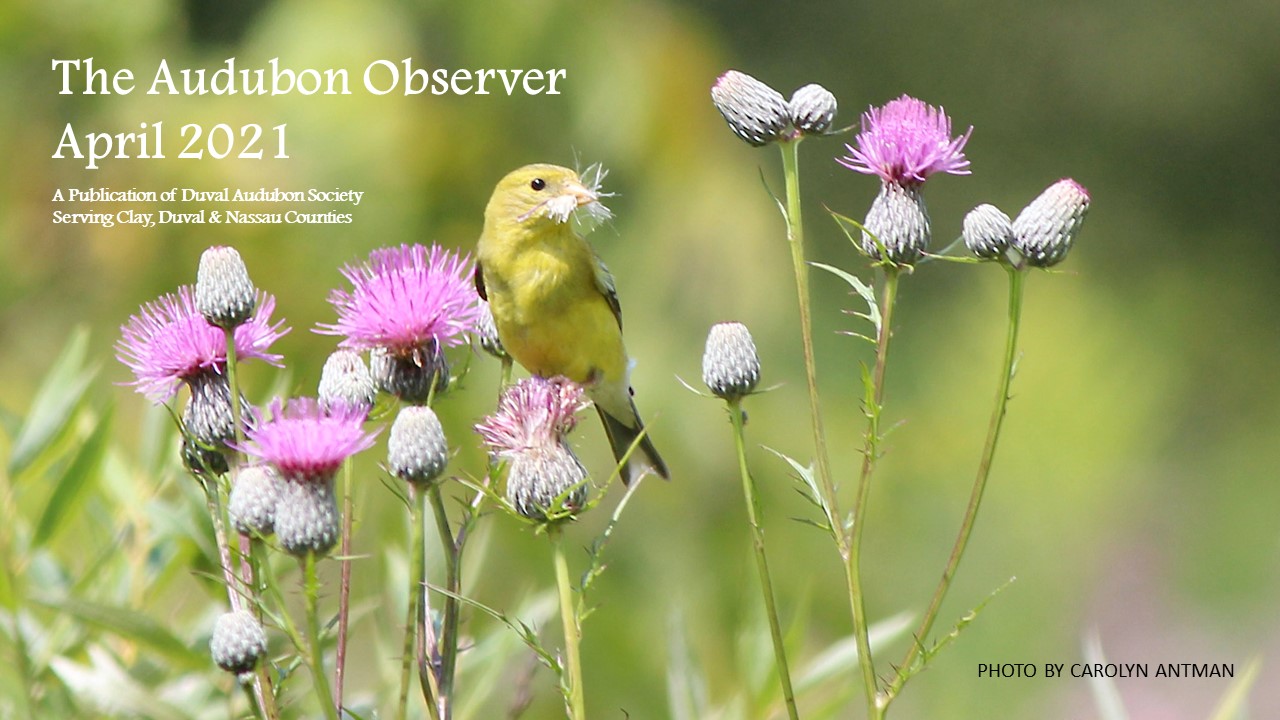
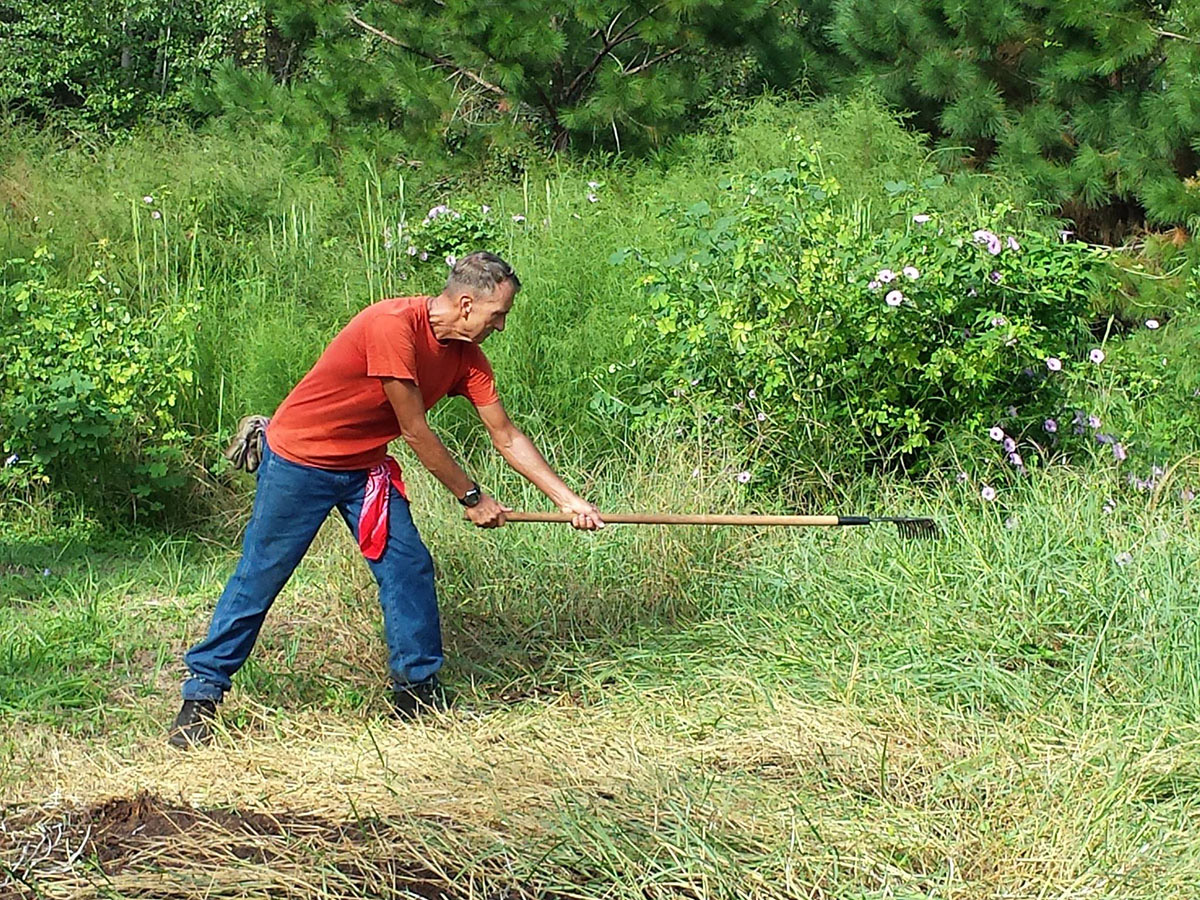 We are deeply saddened to share the devastating news of the passing of one of our most dedicated volunteers, Emil Kotik, who lost his life in a traffic accident earlier this year.
We are deeply saddened to share the devastating news of the passing of one of our most dedicated volunteers, Emil Kotik, who lost his life in a traffic accident earlier this year.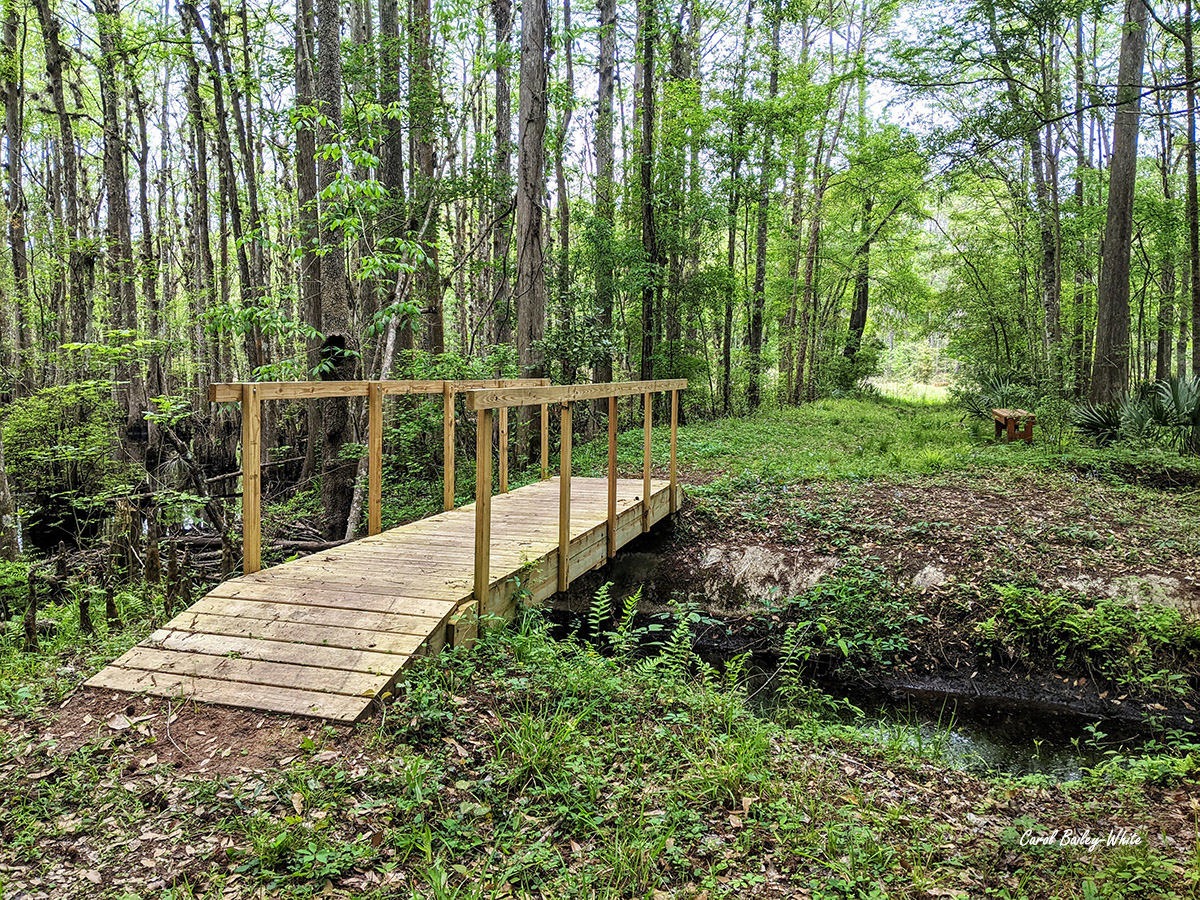 Singlehandedly constructed a beautiful 12-foot long wooden bridge (right) across the ravine on the Swamp Trail, donating all of the materials and labor;
Singlehandedly constructed a beautiful 12-foot long wooden bridge (right) across the ravine on the Swamp Trail, donating all of the materials and labor;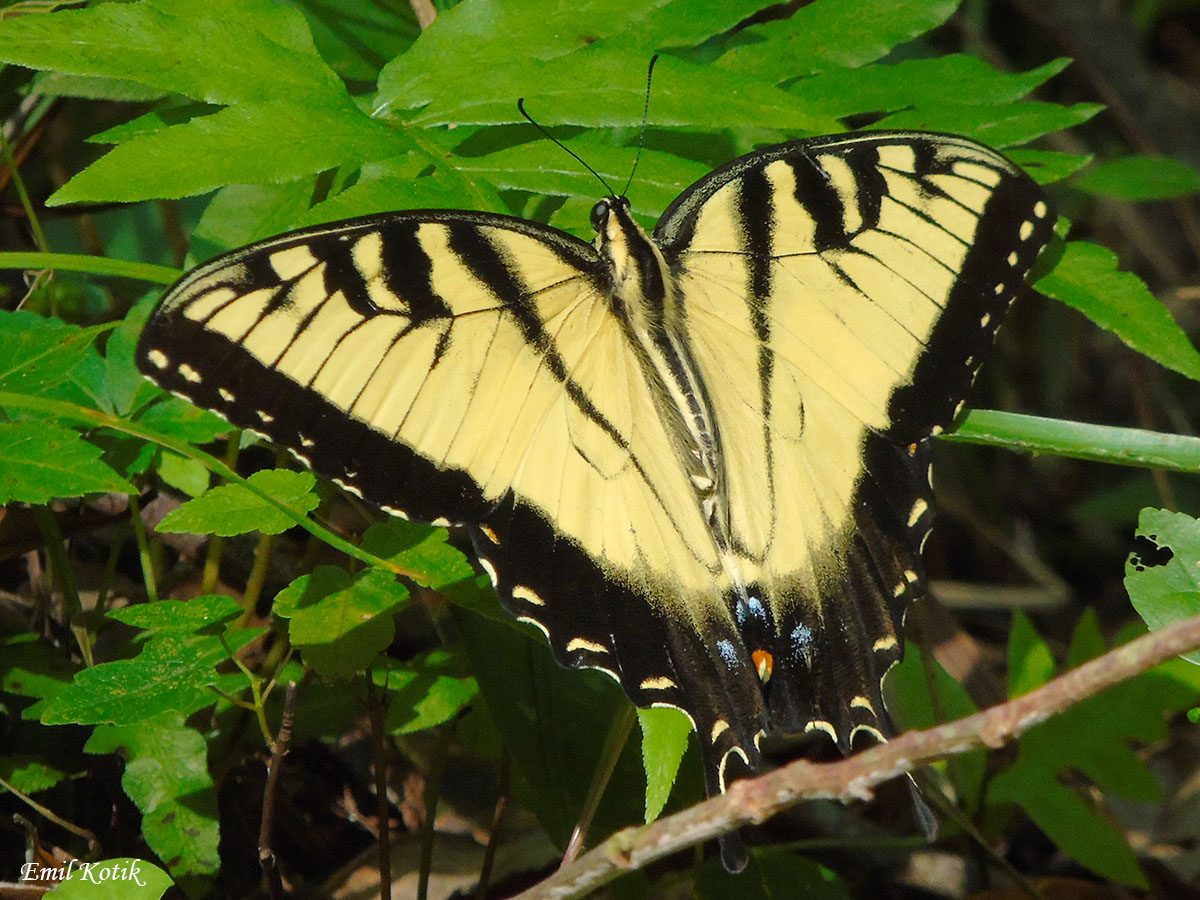 Although we frequently tried to express our appreciation to him for everything he did for us, his reaction to our accolades was simply that he liked to work hard, and just wanted to help out. Emil was a deeply private man who spent most of his time doing things for others. Besides his love of nature, he loved classical music and attended many concerts all over town. He was also a talented photographer and shared his beautiful nature photographs not only with our chapter but also with the senior community where he lived. An avid bicyclist and kayaker, he spent time enjoying the outdoors whenever possible.
Although we frequently tried to express our appreciation to him for everything he did for us, his reaction to our accolades was simply that he liked to work hard, and just wanted to help out. Emil was a deeply private man who spent most of his time doing things for others. Besides his love of nature, he loved classical music and attended many concerts all over town. He was also a talented photographer and shared his beautiful nature photographs not only with our chapter but also with the senior community where he lived. An avid bicyclist and kayaker, he spent time enjoying the outdoors whenever possible.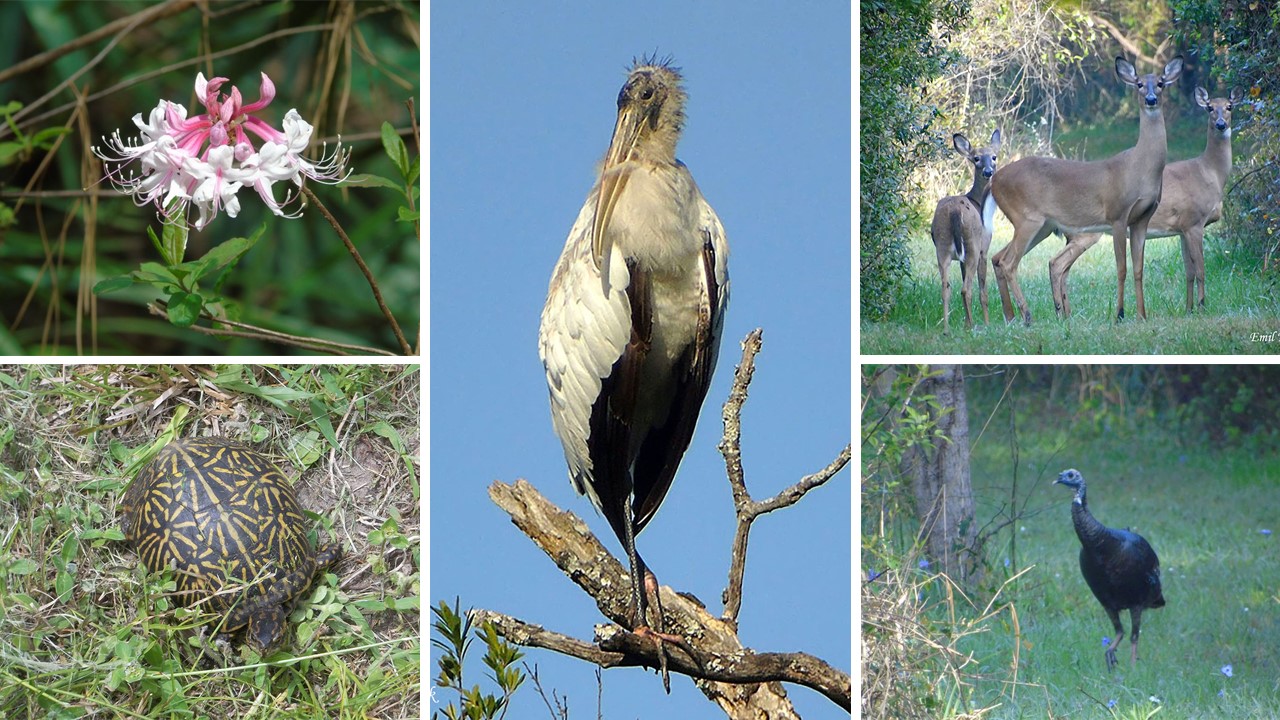
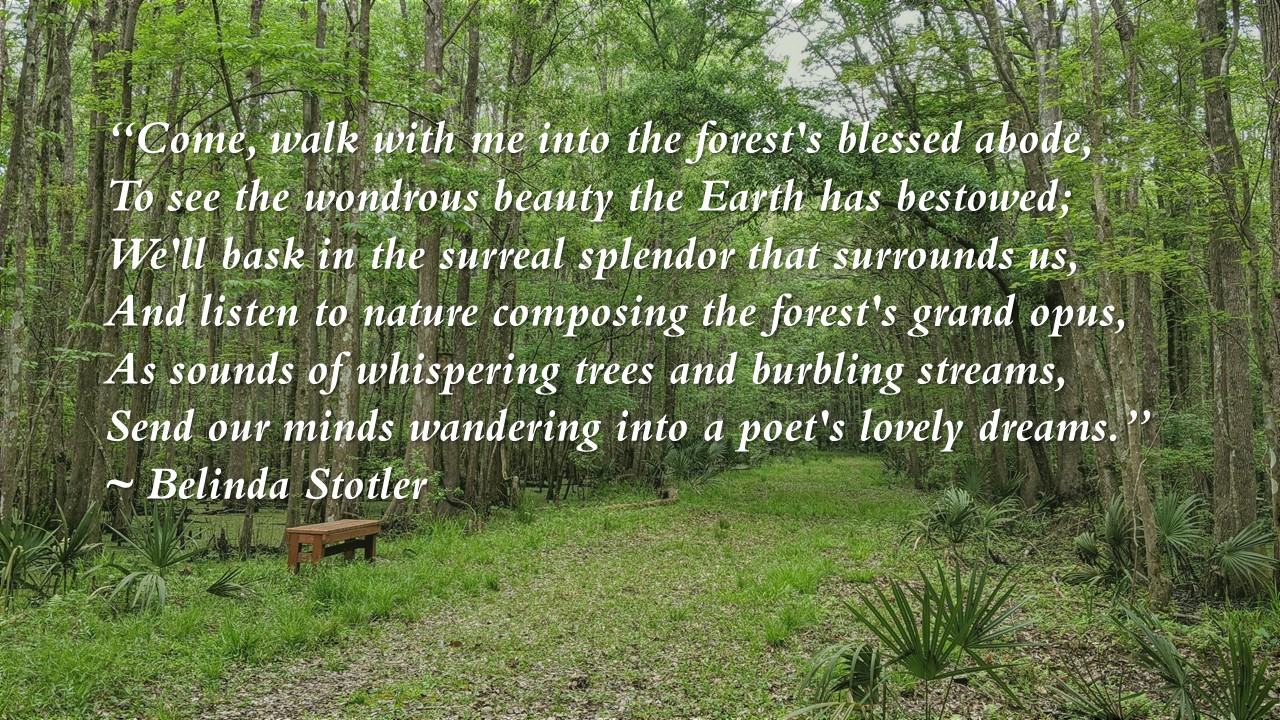
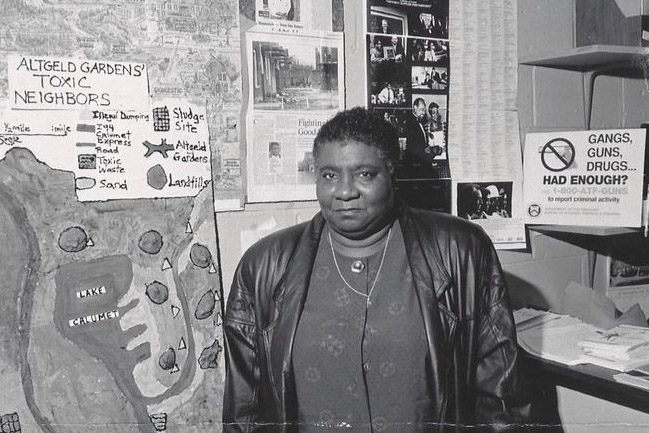 Continuing our series focusing on the contributions of historically under-recognized groups to the conservation and environmental advocacy movement, this month we are highlighting the work of Hazel M. Johnson. Known as “The Mother of Environmental Justice” for her grassroots efforts to combat environmental racism, Johnson was a working-class woman who lived in a housing project managed by the Chicago Housing Authority on the South Side of Chicago for most of her adult life.
Continuing our series focusing on the contributions of historically under-recognized groups to the conservation and environmental advocacy movement, this month we are highlighting the work of Hazel M. Johnson. Known as “The Mother of Environmental Justice” for her grassroots efforts to combat environmental racism, Johnson was a working-class woman who lived in a housing project managed by the Chicago Housing Authority on the South Side of Chicago for most of her adult life.
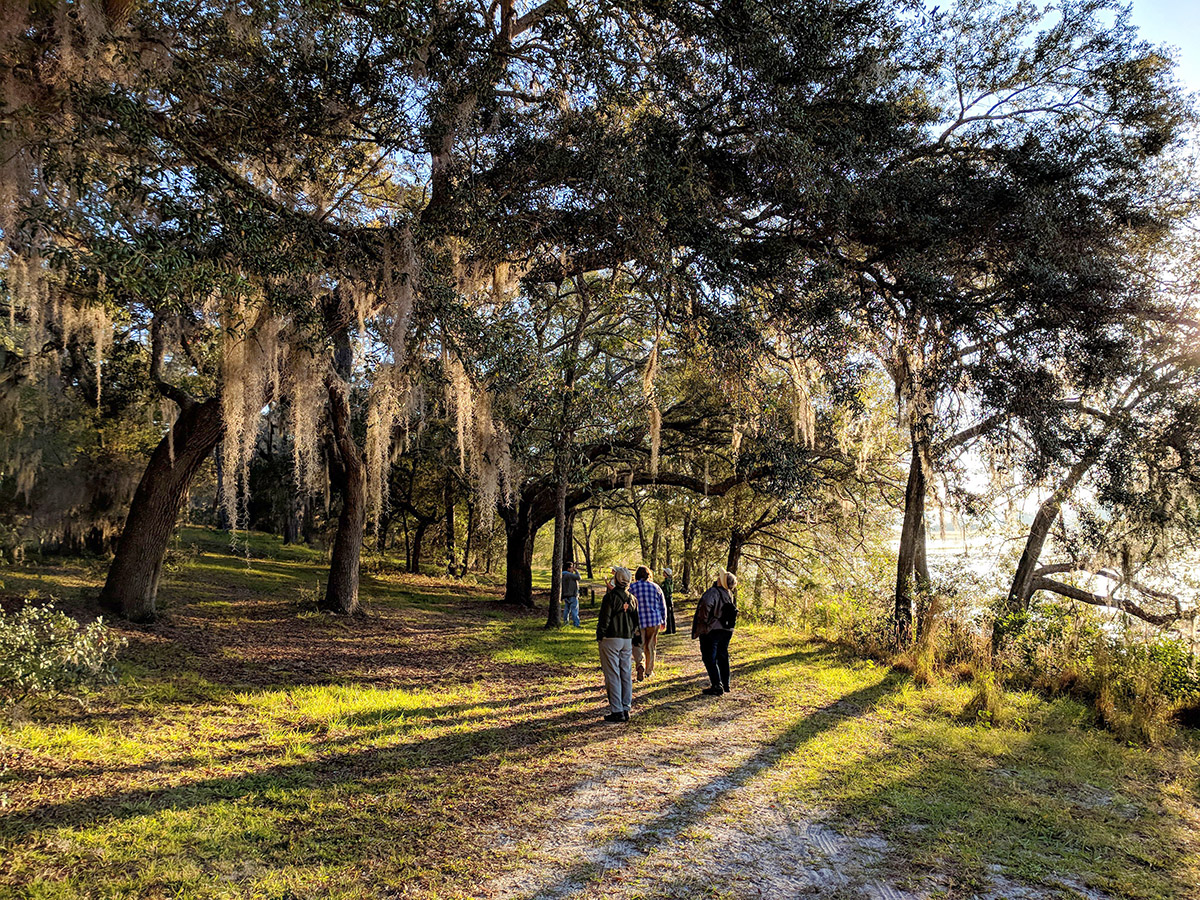 Mike Roess Gold Head Branch State Park
Mike Roess Gold Head Branch State Park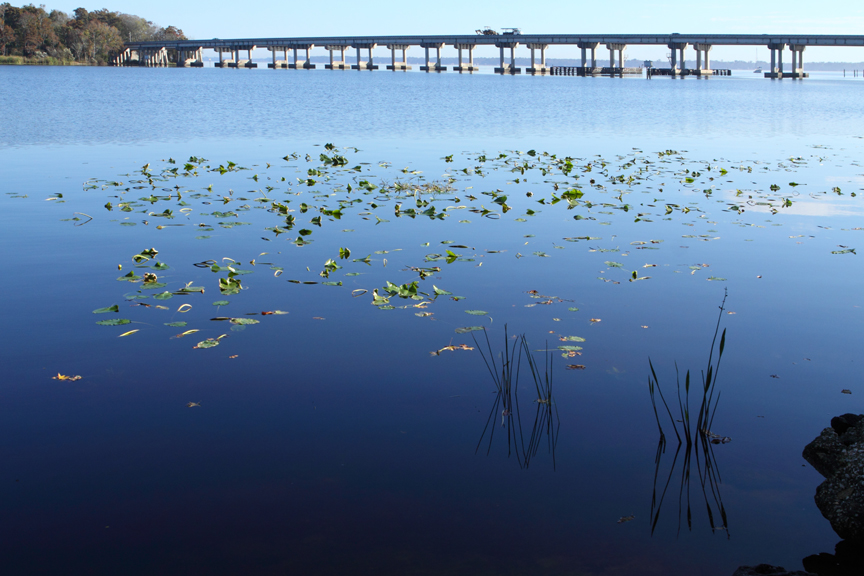 Camp Chowenwaw County Park
Camp Chowenwaw County Park President: Carol Bailey-White
President: Carol Bailey-White